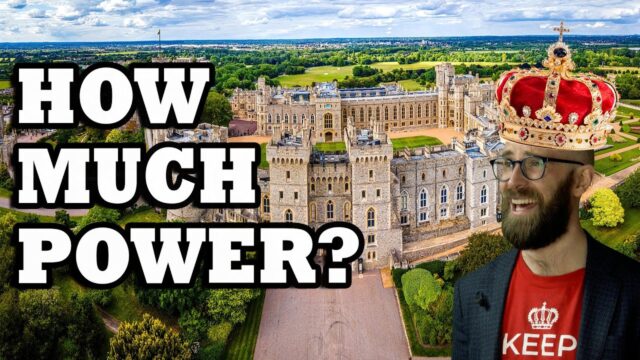“Unraveling the Myths: The Surprising Reality of Medieval Monarchical Power Revealed!”
Let’s now look at England’s great rival, France.
By the end of the 12th Century, the authority of the French Crown was arguably weaker than his English counterpart. The feudal system was much stronger, and local lords even had the right to issue their own laws, which completely superseded legislation emanating from Paris.
The French Crown exerted some direct authority only over a small region around the cities of Paris, Orleans and Compiègne, whilst being surrounded by the large holdings, ruled by de-facto independent Counts, or directly controlled by England.
Enter the ‘giga-chad’ of Western Europe, Philip II ‘Augustus’, crowned in 1180 and dying in 1223.
Throughout his reign, this warrior King directly led numerous campaigns against the English and his own vassals to reclaim direct control over France. And indirectly, he contributed to the Crown’s intervention in the Albigensian Crusade of 1209 to 1229. This was a conflict of genocidal proportions, sanctioned by Pope Innocent III against the Cathar heresy in the southern French region of Languedoc. A staunchly independent territory, the prosperous Languedoc was eventually brought under total royal control as a result of the Crusade.
In matters of administration, Philip II was able to put the French nobility in check by allying himself with the local powerful clergy, as well as the rising merchant classes. These budding middle-classes became the emerging powers, especially in larger towns and cities, and were happy to support the Crown financially and militarily.











